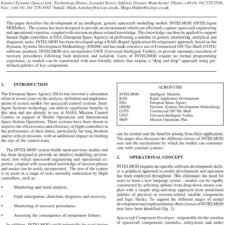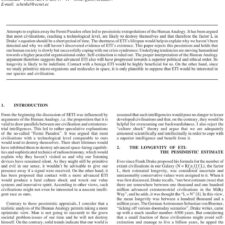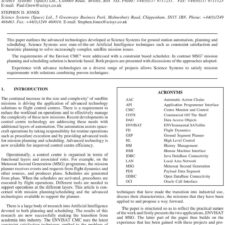Astroinfect Effect – Revised Model
£5.00
A. V. Arkhipov (1999), JBIS, 52, 37-40
Refcode: 1999.52.37
Abstract:
Space activities lead to a lasting pollution of the Solar System. Light pressure, gravitational interaction with the planets, collisions and explosions (similar to spontaneous explosions of Earth satellite) of artefacts in the outer parts of the planetary system can lead to effective, inevitable spontaneous leakage of interplanetary trash into the interstellar medium, even in the absence of interstellar flights. If there are alien artefacts between the stars, some of them are likely to fall down to Earth at times [1,2]. They could be non-sterile, so sporadic interstellar panspermia is possible [3]. The minimum pollution threshold for such panspermia was estimated [2] for 2 m-microartefacts at the level of Galactic cosmic radiation of 4 x 10-7 rad/s [4]. However, C. Mileikowsky showed that, if the X-rays are taken into consideration, the interstellar dose rate is ~3 x 10- 5 rad/s [5]. At this high dose rate the microartefacts must be sterilised at the distances >0.1 pc from the planetary system, hence they cannot be an effective agent of interstellar panspermia. Sufficient protection of microbial spores is possible inside macroartefacts. Therefore, the panspermia model and the corresponding minimum pollution threshold must be re-examined.





